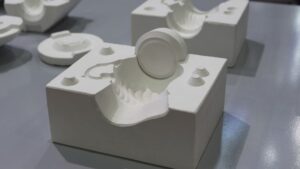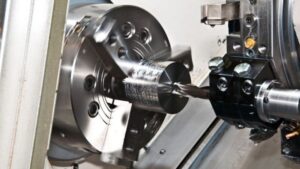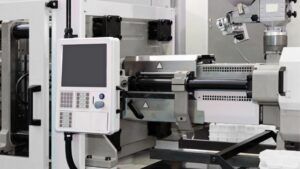The primary function of plastic food packaging is to protect contents and guarantee the health and safety of consumers. However, to ensure that the food is appealing enough for the consumer to make a purchasing decision, it needs packaging with an attractive design.
Food and beverage manufacturers benefit significantly from plastic processing industries and injection molding to produce food packaging that’s both safe and appealing.
In manufacturing plastic food containers using injection molding, many processes are happening behind the scenes that consumers may find fascinating. For example, injection molding makes it possible for food and beverage companies to meet the standards imposed by government agencies like the Food and Drug Administration (FDA).
This article will focus on some interesting facts about how our food containers are made, particularly using injection molding.
What is Plastic Food Container Injection Molding?
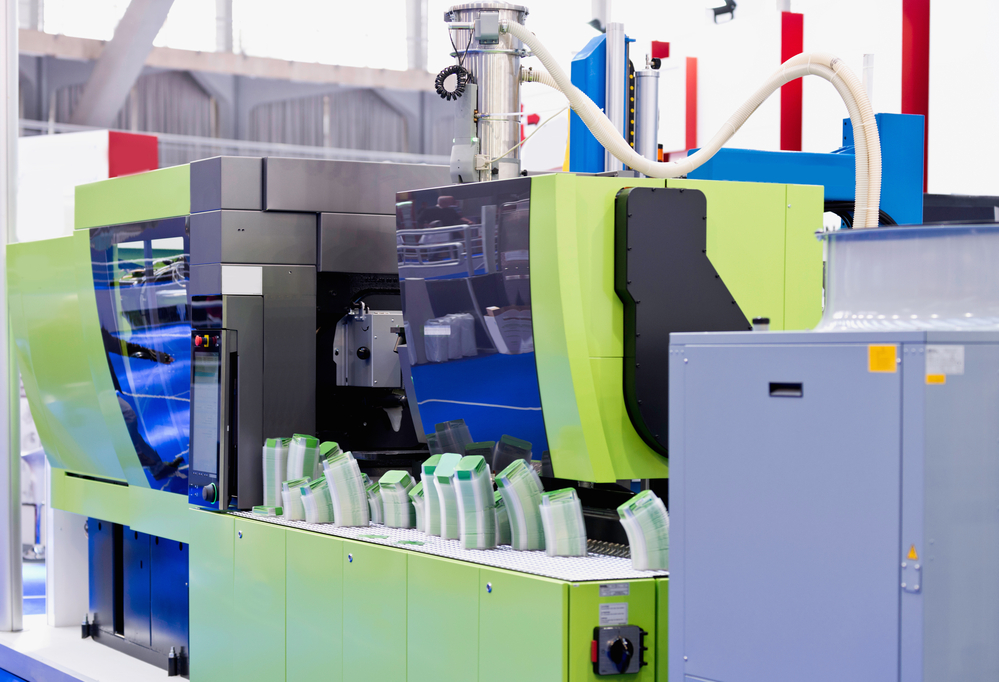
Almost every product you buy is packaged; in most cases, using plastic in one form or another.
Because the food industry, in general, is extensively regulated, manufacturers should meet specific health and quality standards to operate within the margins of the law.
The Engineers India Research Institute (EIRI) explains the concept of plastic injection molding, which occurs in three stages.
The organization writes, “First, melted plastic is injected into a shape to produce a parison. Compressed air then blows through a key pin to increase the form. Eventually, the container is transferred to a third stop for ejection.”
Here are some interesting facts about how these food containers are manufactured:
1. There are Different Types of Plastic Molding
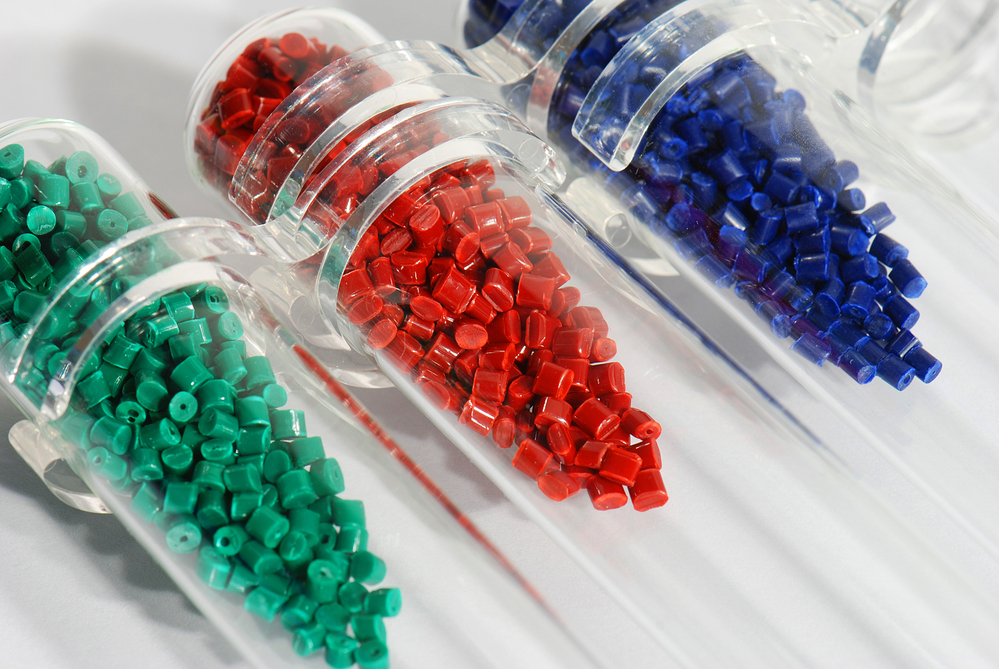
Manufacturing.net, a website focusing on manufacturing news and resource guides, identifies the standard processes used when manufacturing food containers using plastic: injection molding, blow molding, thermoforming and rotational molding.
2. Injection Molding is the Most Common Method Used
Injection molding is the most common of the processes used by manufacturers of food containers. According to Manufacturing.net, this molding technique requires extremely expensive steel molds.
The same source explains the process:
- Two steel blocks are machined so that a part of one block fits into a gap cut into the other block. The gap is created in the shape of the required finished product.
- A small opening is left to inject melted plastic into the gap.
- A large clamp holds the mold down where it remains closed while a cooling liquid circulates through the steel block to ensure that the melted plastic cools down enough to become solid again.
- The clamps are opened, and the finished product is discharged.
This method’s main advantage is that it is quick, which lowers the cost of production and that of finished products. The main disadvantage is that the tooling required tends to be quite expensive.
3. Blow Molding is Great for Making Hollow Parts
This method involves curving two blocks of metal to look like the outer parts of the required product when they are brought together. During the molding process, these blocks will guide the molten plastic to take the shape of the product that needs to be made.
The main strength of this method lies in making hollow parts. One of its disadvantages is that it is not as precise as injection molding.
4. Rotational Molding is the Cheapest
Manufacturing.net reports that in rotational molding, “The basic process starts by putting the desired amount of plastic powder into a hollow mold.”
The mold is tumbled inside an oven to make the molten plastic stick to the walls, creating the desired shape as the plastic cools down before it’s removed.
Compared to the other two methods, rotational molding is cheaper, even though the production process is much slower.
5.Plastic Injection Molding is Limited to Producing Open Containers
According to the IQS Directory, a resource that lists manufacturing companies, “Injection molding is limited to producing containers that are open on one side.”
Examples of such containers include food containers, bowls, cups, tubs, and pails. Even though not downright impossible, it is more complicated to produce hollow products when using the method.
6. Food and Beverage Manufacturers Benefit Greatly from Plastic Injection Molding
We have touched a bit on the benefits of injection molding above but let’s get deeper in relation to this technique since it is the most common.
An article titled “Plastic Injection Molding- How It Is Revolutionizing Food & Beverages Industry” published by the ERPNews.com lists some of the leading advantages of plastic injection molding in manufacturing food containers:
Diverse Applications: It enables the food industry to meet the different regulations and guidelines on manufacturing food containers by making diverse applications possible.
Efficient and fast production: Injection molding is the fastest, making it cost-effective compared to all the other methods. This makes products manufactured using the method likely to be cheaper than those made using other techniques.
Potential to handle complex parts: Once you have the right mold, the method will help you create as many parts as possible without fear that you may make a mistake.
Flexibility in color and material: This is made possible because injection molding allows you to select from a large variety of resins.
ERPNews.com concludes, “Compared to other methods of plastic molding, injection molding emerges as the best one for food and beverage manufacturers.”
7. Plastic Food Containers Must Meet Stringent Regulations
Food manufacturers are expected to meet specific standards, whether it’s in the United States or any other market.
The United States Food and Drug Administration (FDA) and Grocery Manufacturers Association (GMA) regulations require manufacturers of plastic food containers to use food-grade materials. Manufacturers also have to meet non-toxic guidelines.
Food-grade plastics don’t contaminate food with toxic substances and chemicals.
8. Food-Grade Injection Molding Materials are Different
Materials used in manufacturing food containers must be inactive, non-reactive, and durable.
Here are some common materials used in manufacturing plastic food containers:
- High-Density Polyethylene (HDPE):This is the most popular plastic among manufacturers of plastic food containers because it’s durable and can make containers that are either pigmented or non-pigmented.
- Polycarbonate (PC): This is most suitable when the requirement is that the food container must be tough such as when making reusable baby and water bottles.
- Polyethylene Terephthalate (PET): This material is the most appropriate when the container is supposed to maintain its form even when subjected to pressure. It’s common when manufacturing oven-safe or microwave-safe products.
- Polypropylene (PP): This material is tough and mainly used when making containers of syrups and other foods that need to be squeezed out.
- Polystyrene (PS): You will mostly find this type of plastic in the manufacturing of restaurant cutlery, such as cups and bowls.
9. The Food Container Industry is Heavily Regulated
The manufacturing of food containers is a highly regulated process. Companies are expected to meet several requirements, including that the products must:
- Not be made from toxic materials
- Be constructed in a BPA-free manner
- Obtain FDA certification
- Meet the safety regulations from the FMA
- Be ISO 9001:2015 compliant
- Meet theGMA-SAFE standard
10. Recycled Plastic Can Be Melted and Injection Molded

It is possible to melt and injection mold plastic. However, some believe that this could degrade the quality of the plastic. Also, there is no guarantee that the plastic produced will still meet the safety and quality requirements because it might be contaminated.
According to WheatleyPlastics.co.uk, “using recycled plastic in injection molding has no apparent impact on the quality of the manufactured part.”
The same source adds, “It would seem to be a win-win, but… as we say, there are still one or two issues remaining that still need to be addressed before we step fully behind the use of recycled plastic in … injection molding processes.”
11. Plastic Injection Molding Requires Expensive Tools
Even though plastic injection molding could be cheaper in the long run, the reality is that the initial investment can be steep.
Readingplastic.com attempts to explain why injection molds are so expensive. The company notes, “Injection molds are subject to thousands of pounds of pressure every cycle. As a result, the molds must be made from very strong materials that can withstand repeated use without deforming.”
Readingplastic.com adds that the other factor determining the costs of injection molds is the complexity of the part that needs to be produced.
12. Injection Molding Can Be Energy Hungry
The process of melting the resins to create food containers can require much energy. However, designers of injection molding equipment are working hard to make more efficient machines that use less energy.
Companies involved in plastic injection molding for food containers use certifications such as the ISO 9001 to ensure sustainable production. Another way that such companies are friendlier to the environment is by reducing waste by ensuring that they recycle as much as possible.



